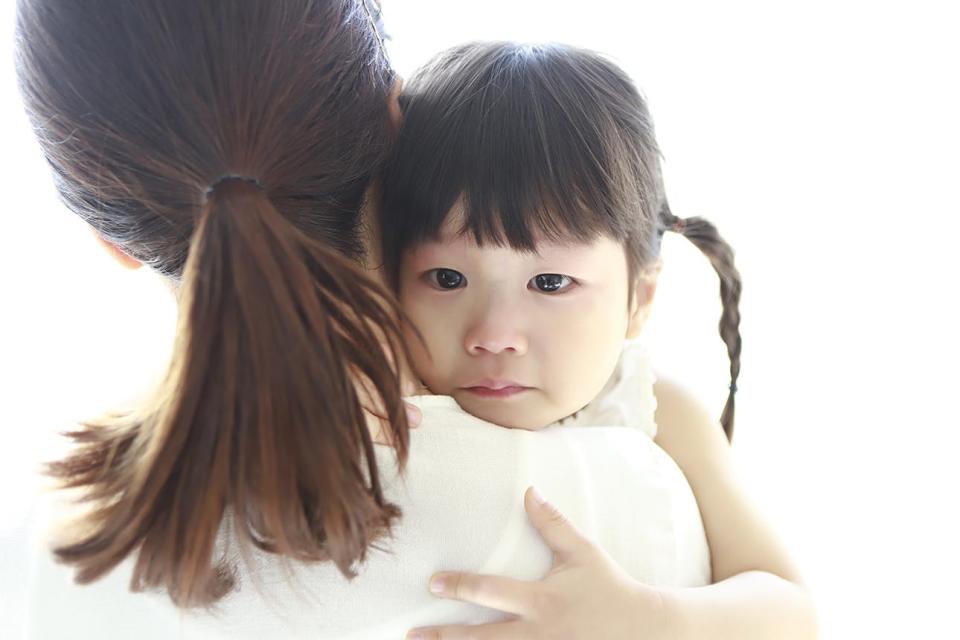8 Helpful Ways to Teach Your Toddler About Emotions
A master of emotions your tot is not. But that doesn’t mean your young child can’t (or rather, won’t) learn how to identify and appropriately handle powerful feelings. Whether your little one can’t seem to deal with anger, sadness, or even the overwhelming sense of glee that comes with just being a kid, you can help them to work through their emotions. And don’t worry if your kiddo’s vocab is limited. There are more than a few ways around around the grasping-for-words issue. Scroll down for our top tips.

1. Paint a picture. Let your child’s hands do the talking. Even though your toddler is too young to accurately depict what’s going on inside their head, they can release their emotions through art. Encourage them to paint their feelings! This may mean using dark or bold colors to express anger, painting slowly when they’re feeling sad, or making quick fingerpaint happy-dance dabs.
2. Name that feeling. Your toddler doesn’t have the words to eloquently explain, “Mother, I’m feeling frustrated right now because you absolutely refuse to give me a cookie.” And that’s okay. At this early age, your child is just starting to build their vocab skills. When your child has a feeling, name it — right away. Keep using those new “feelings words” with your kid. Over time, they’ll get it.
3. Play music. Scratch that. Play with music — and movement too. Create “feelings playlists” based on different emotions. Try not to focus on the lyrics: It’s unlikely that your little one will understand the symbolism in your favorite lyrics. Concentrate on the tone and tempo of the songs. Turn on fast songs for angry moods, slow for sad times, and upbeat options when your child is happy. Invite your child to move to the music, putting their feelings onto the dance floor.
4. Act it out. Let’s say your kiddo doesn’t understand why their pre-K classmate or playdate partner won’t share. And they’re mad — mad enough to scream and hit. Put a pin in the IRL drama and turn the emotional antics into an improv session with their stuffed animal friends. This allows your child to work out their issues in a safe, fist-free, environment.
5. Redirect their energy. Getting a wound-up preschooler to listen when you’re trying to calm them down is a challenge. When using your words fails, take your child’s emotional energy and redirect it in a positive, pro-social way. Give your crying kiddo a pillow to punch, a soft and squishy ball to toss outside, or just let them run through the yard at top speed.
6. Encourage copycat behavior. Everyone has emotional moments. So take the opportunity to model the “right” way to act in front of your child. This might mean calmly talking to your S.O. when they pick a fight or showing your child that it’s perfectly okay to cry when you’re sad.
7. Sing a song. Create your own “feelings songs.” Make up simple lyrics, create a tempo that matches the emotion, and sing the songs together. Record the songs on your phone, keeping them nearby for everyday use.
8. Read a book. Not sure what to tell your child about emotions? Then don’t go it alone. Choose a few picture books to help your kiddo out. Read the picks together, asking your child to point to pictures of emotions (faces or body language in the photos or illustrations) and invite them to ask questions.
RELATED: 6 Tips for Taming Your Toddler’s No Addiction
(Photo via Getty)


